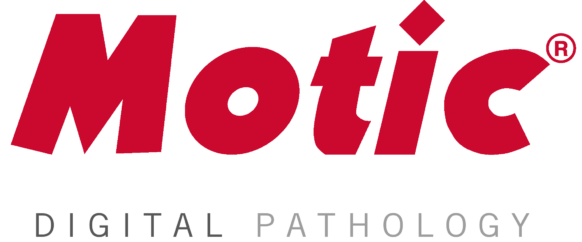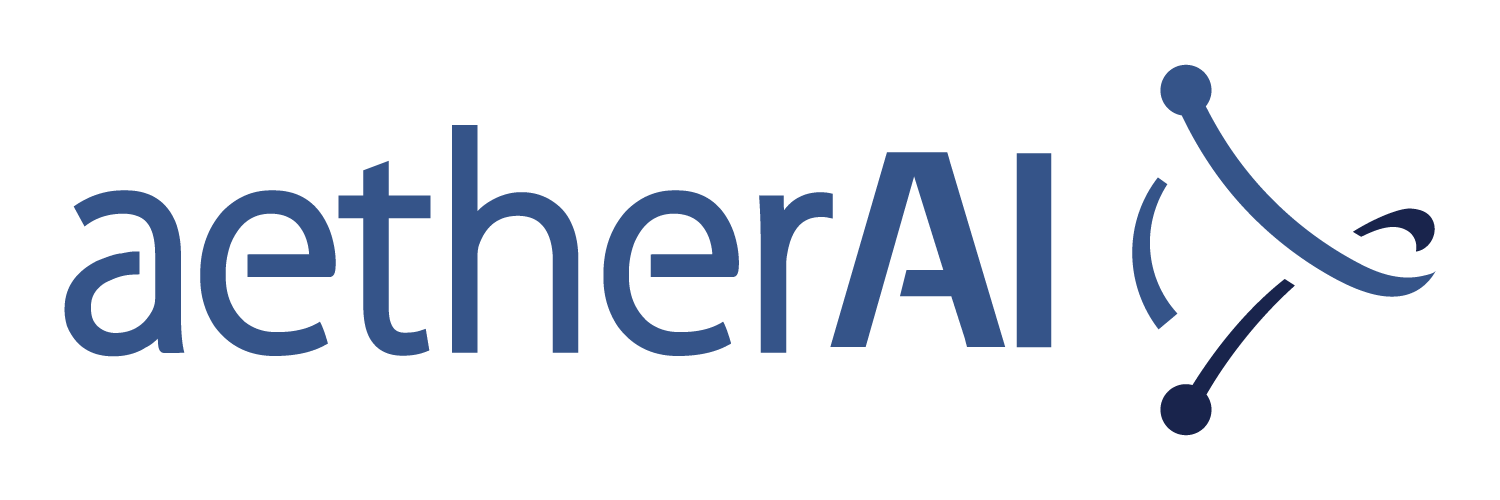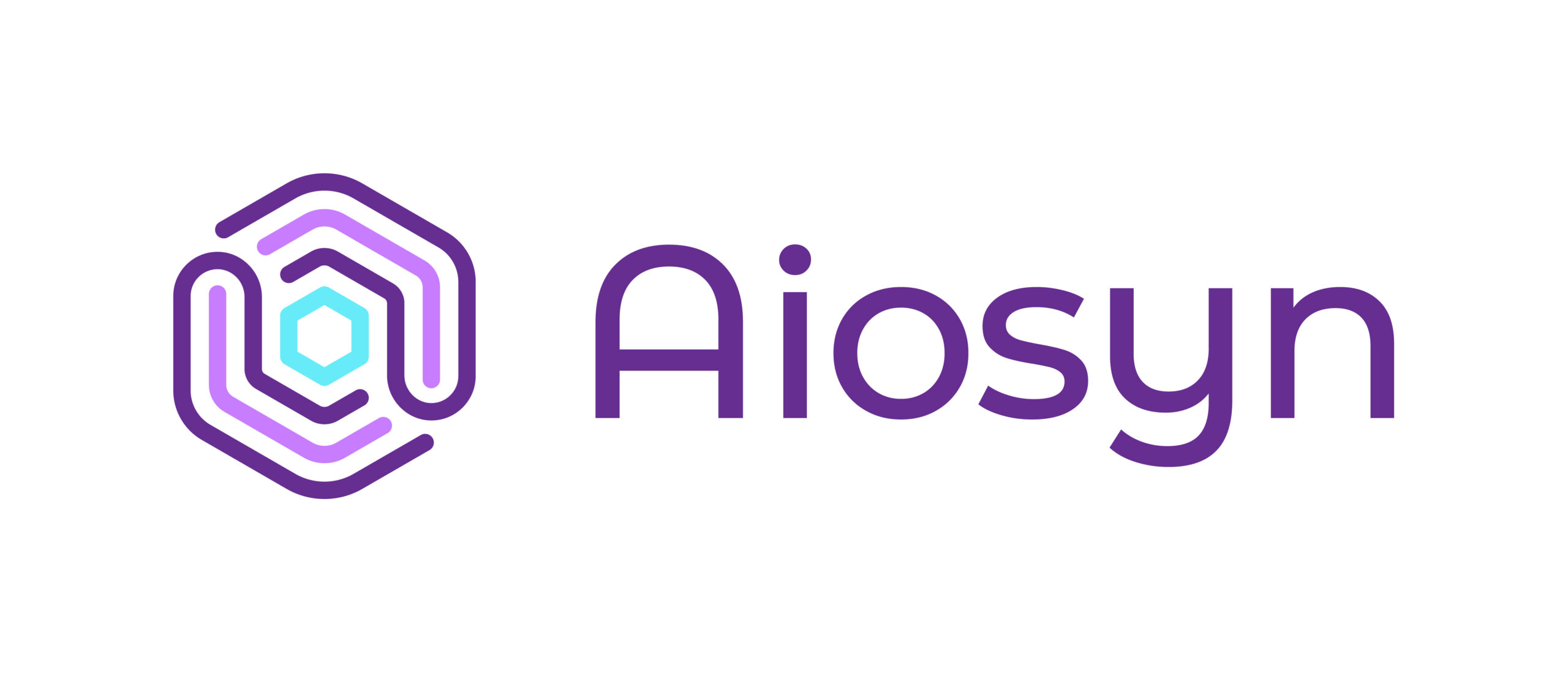From The Dark Report:
"To find new uses for its iPhone, Apple recently conducted a clever competition to see who could develop the most impressive applications built with iPhone 2.0 software developer tools. Two of the top 10 applications were medical applications, and both of these applications were so impressive that it got this editor thinking that the iPhone could forever change medicine as we know it.
The first medical iPhone application came from Modality, Inc. Modality specializes in educational materials for the medical profession. What they unveiled was a 3-D program designed to replace flashcards typically used by medical school students to learn body parts. For example, the iPhone shows a graphic of a slice of the human brain. It allows the med student to see 10 push pins on different parts of the brain, click on each one, and attempt to correctly name each feature. If the answer is wrong, the correct answer is displayed so the med student can learn from that mistake. A medical school student using this software on his iPhone approached one of the doctors involved in its development and said “I learned 10 new anatomical terms today while waiting for the bus.” The portability of the software from Modality on the iPhone, coupled with its extensive knowledge base, is sure to appeal to medical school students.
Pathologists will find the second medical iPhone application unveiled by Apple to be even more amazing. MIMvista, a small software company out of Cleveland, Ohio, unveiled an application that allows radiologists to have charts, MRI results, and more sent right to their iPhones. The radiologists can adjust contrast to see problem areas in scans better. They can pan in or out. They can even draw lines directly on the images on their iPhones during in-person meetings with patients and their families to illustrate items in the images. “Doctors will be able to access this information on the golf course, share it with each other to get second opinions, and show patients and their families first-hand, in color, and in 3-dimensions,” said one of the developers responsible for the product."
Comments (1)
George Melcher

































We’re already in the era of the iPhone4, but I still feel like posting something here. I know this might sound simple, but some people are comfortable with the apps in the iPhone, and some of these apps are medical apps. You’ve mentioned it being useful for medicine classes. Judging by how technology is progressing these days, I bet the iPhone will be one of the most useful interactive tools for medicine.